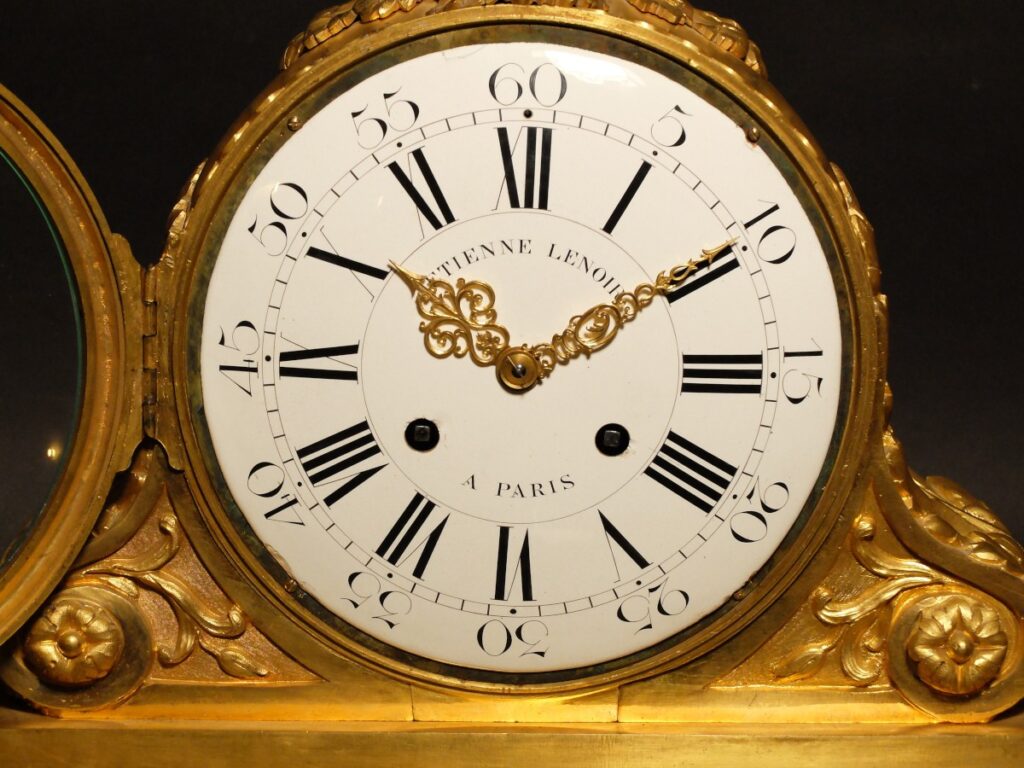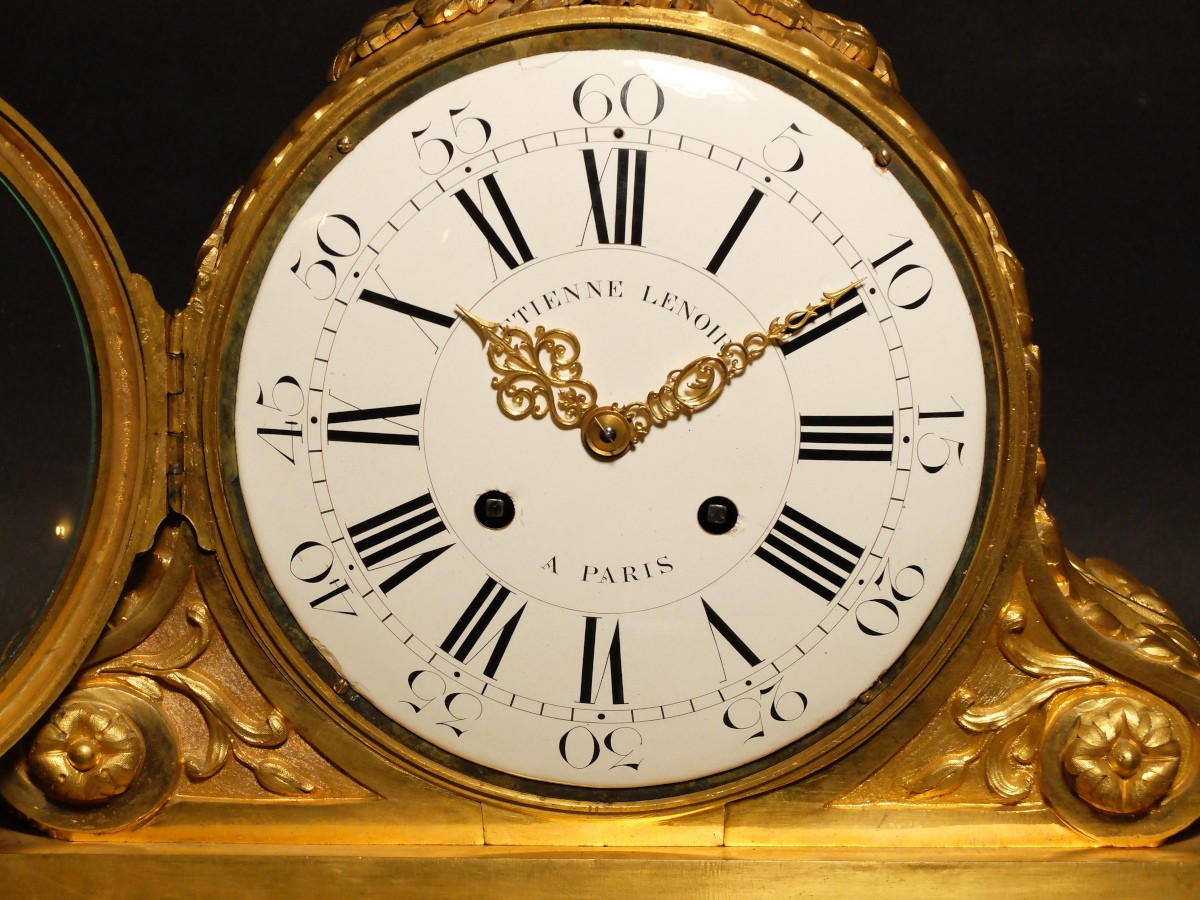
Unlocking the Secrets of the Pendulum: A Comprehensive Guide
The pendulum, a seemingly simple device, has captivated humanity for centuries. From its humble beginnings as a timekeeping mechanism to its modern applications in scientific research and even esoteric practices, the pendulum holds a fascinating history and continues to intrigue and inspire. This article delves into the world of the pendulum, exploring its scientific principles, historical significance, diverse applications, and the controversies surrounding its use in divination.
The Science Behind the Swing
At its core, the pendulum operates on the principles of physics. A simple pendulum consists of a weight (the bob) suspended from a pivot point, allowing it to swing freely under the influence of gravity. The period of the swing, the time it takes for one complete oscillation, is determined primarily by the length of the pendulum and the acceleration due to gravity. This relationship was first systematically studied by Galileo Galilei, who observed that the period was nearly independent of the amplitude (the extent of the swing).
The formula for the period (T) of a simple pendulum is approximately:
T = 2π√(L/g)
Where:
- T is the period
- π (pi) is approximately 3.14159
- L is the length of the pendulum from the pivot point to the center of mass of the bob
- g is the acceleration due to gravity (approximately 9.8 m/s² on Earth)
This equation highlights a crucial point: the mass of the bob does not affect the period of the swing. This counterintuitive fact was a significant discovery that contributed to our understanding of gravity and motion.
Damped Oscillations and Resonance
In reality, pendulum motion is subject to damping forces, such as air resistance and friction at the pivot point. These forces gradually reduce the amplitude of the swing over time, eventually bringing the pendulum to rest. This is known as damped oscillation. However, if energy is continuously supplied to the pendulum at a rate that matches its natural frequency (the inverse of its period), the amplitude can be maintained or even increased. This phenomenon is called resonance, and it plays a crucial role in various applications, from mechanical clocks to seismometers.
A Historical Journey: From Timekeeping to Scientific Instruments
The pendulum’s most famous application is undoubtedly in timekeeping. Christiaan Huygens, a Dutch physicist, is credited with inventing the first practical pendulum clock in 1656. This invention revolutionized timekeeping, providing a far more accurate and reliable method than previous mechanical clocks. Pendulum clocks remained the standard for precise timekeeping for over three centuries, until the advent of quartz and atomic clocks.
Beyond clocks, pendulums have found applications in various scientific instruments. Foucault’s pendulum, demonstrated by Jean Bernard Léon Foucault in 1851, provided visual evidence of the Earth’s rotation. A long pendulum suspended from the ceiling of the Panthéon in Paris slowly changed its plane of oscillation over time, demonstrating the Coriolis effect caused by the Earth’s rotation. [See also: Coriolis Effect Explained]
Pendulums are also used in seismometers to detect and measure ground motion caused by earthquakes. The inertia of the pendulum bob resists movement, allowing the instrument to record the relative motion between the ground and the pendulum.
The Divination Pendulum: Exploring the Esoteric
While the scientific applications of the pendulum are well-established, its use in divination remains a subject of debate and skepticism. In this context, a pendulum is often used as a tool for dowsing or radiesthesia, with practitioners believing that the pendulum’s movements are influenced by subtle energies or forces that can provide answers to questions or locate hidden objects.
The technique typically involves holding the pendulum suspended over a surface, such as a map, a chart, or the palm of the hand, and asking questions. The pendulum’s movements, such as swinging back and forth, rotating clockwise, or rotating counterclockwise, are interpreted as answers or indications.
Skepticism and Scientific Explanations
Skeptics argue that the movements of the divination pendulum are not due to external forces or energies but rather to involuntary muscle movements on the part of the user, a phenomenon known as the ideomotor effect. This effect suggests that our thoughts and expectations can unconsciously influence our muscle movements, leading to the pendulum moving in the way we subconsciously anticipate or desire. [See also: Ideomotor Effect and Dowsing]
Numerous studies have attempted to investigate the claims of divination pendulums, with the vast majority failing to find any evidence of accuracy beyond chance. These studies often involve blind tests, where the user is unaware of the correct answer or location, to eliminate the influence of expectation bias and the ideomotor effect.
Despite the lack of scientific evidence, the use of divination pendulums persists, with many practitioners attesting to their perceived accuracy and usefulness. For those who find value in this practice, it is important to approach it with a critical and discerning mind, recognizing the potential for subjective bias and the influence of the ideomotor effect.
Choosing and Using a Pendulum
If you’re interested in experimenting with a pendulum, whether for scientific exploration or personal exploration, there are a few factors to consider.
Types of Pendulums
Pendulums come in various shapes, sizes, and materials. The choice of pendulum is largely a matter of personal preference. Common materials include:
- Crystal: Often associated with healing and energy work.
- Metal: Durable and readily available in various designs.
- Wood: Lightweight and often considered to have a grounding effect.
Setting Up Your Pendulum
Before using your pendulum, it’s important to establish a clear communication protocol. This involves assigning specific movements to represent “yes,” “no,” and “maybe” (or “unsure”). You can do this by consciously asking the pendulum to show you each response. For example, you might say, “Show me ‘yes,'” and observe the pendulum’s movement. Repeat this process for “no” and “maybe.”
Asking Clear and Specific Questions
The clarity of your questions is crucial for obtaining meaningful results. Avoid vague or ambiguous questions. Instead, formulate questions that are specific and can be answered with a clear “yes,” “no,” or “maybe.”
Maintaining a Neutral Mindset
Try to approach the pendulum with a neutral and open mind. Avoid consciously trying to influence the pendulum’s movements, as this can lead to inaccurate results due to the ideomotor effect.
The Enduring Appeal of the Pendulum
Whether viewed as a scientific instrument, a timekeeping device, or a tool for divination, the pendulum continues to fascinate and intrigue. Its simple yet elegant design belies the complex physics that govern its motion. From the groundbreaking discoveries of Galileo and Foucault to the ongoing debates surrounding its use in divination, the pendulum remains a symbol of both scientific inquiry and human curiosity.
The pendulum serves as a reminder that even the simplest of objects can hold profound secrets and spark endless possibilities for exploration and understanding. By understanding the science behind its swing and approaching its applications with a critical and discerning mind, we can unlock the secrets of the pendulum and appreciate its enduring appeal.

